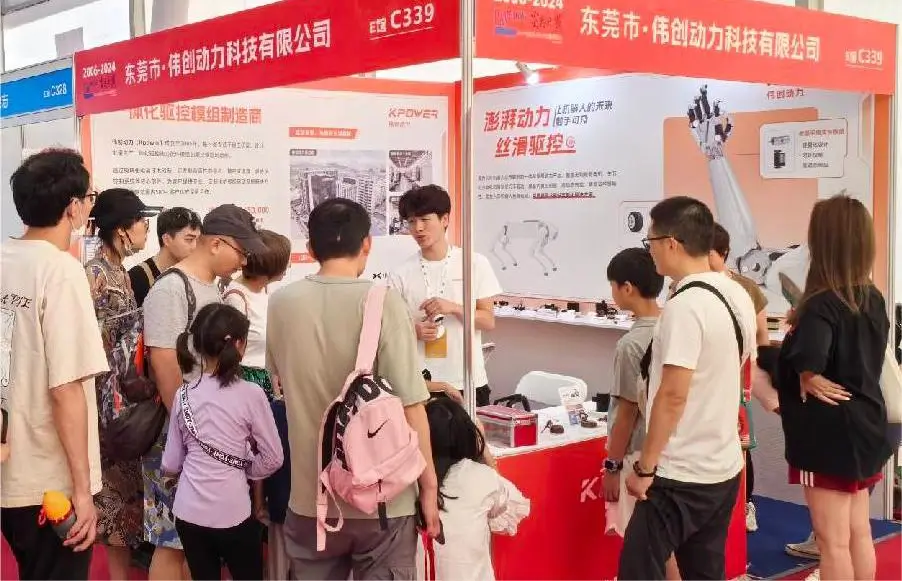Ever wonder how modern apps stay snappy even when they’re doing a million things at once? That’s where Java microservices come into the picture. Imagine your favorite app—say, a shopping platform or a streaming service. It’s not just one giant, monolithic block of code; it’s a collection of tiny, focused services working seamlessly together. That's the essence of Java microservices.

Now, why Java for microservices? Because Java’s been around forever, trusted by big tech, and packed with libraries and frameworks that make building scalable, resilient microservices a breeze. Sparked by frameworks like Spring Boot, Java microservices can be whipped up quickly, but still, they’re incredibly robust and adaptable. Think about how Google or Netflix manages their services—massive, distributed, but all broken down into small parts that talk to each other. Java fits like a glove.
One of the big perks? Ease of maintenance. Instead of rewiring the entire app when one feature needs an upgrade, you tinker with one microservice. That’s like replacing a tire without changing the entire car. Plus, deploying updates becomes faster, less risky. Remember those old days where a small bug fix meant taking down the whole app? Gone. Microservices can be updated independently.
But don’t get it wrong—Java microservices aren’t just about speed. They’re about resilience, too. If one service crashes or gets bogged down, others keep running. It’s a landscape of loosely coupled components. And that loose coupling is perfect for cloud environments. Scaling up? Easy. Just throw more instances at one microservice without messing with the rest.
Ever asked, “How do these microservices communicate?” It’s pretty straightforward. Most of the time, they talk through RESTful APIs or messaging queues. Think of APIs like menus in a restaurant—you pick what you want from each service, and they deliver seamlessly. This setup provides flexibility, letting each microservice use the best tools for its job without affecting others.
So, why should you care? Because Java microservices pack power and flexibility into a lightweight package. Whether you're handling high traffic or evolving features on the fly, they’re a solid choice. They’re like a well-oiled machine where each part spins just right, keeping your app lively and ready for whatever comes next.
In the end, if rapid development, scalability, and resilience are what you’re after, Java microservices are worth a serious look. They break down complex applications into manageable pieces, making your tech stack more agile and less fragile. Plus, with Java’s ecosystem at your fingertips, you’re not just building a service—you’re building something that grows with you.
Established in 2005, Kpower has been dedicated to a professional compact motion unit manufacturer, headquartered in Dongguan, Guangdong Province, China. Leveraging innovations in modular drive technology, Kpower integrates high-performance motors, precision reducers, and multi-protocol control systems to provide efficient and customized smart drive system solutions. Kpower has delivered professional drive system solutions to over 500 enterprise clients globally with products covering various fields such as Smart Home Systems, Automatic Electronics, Robotics, Precision Agriculture, Drones, and Industrial Automation.




































